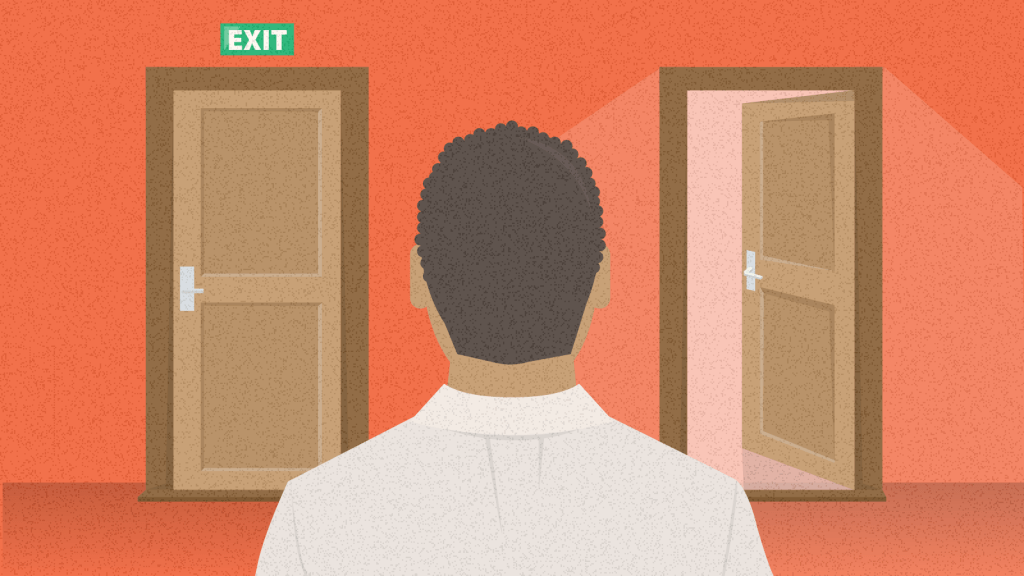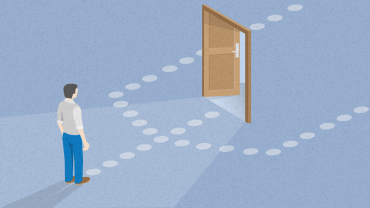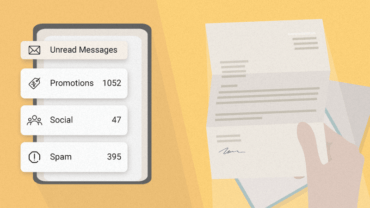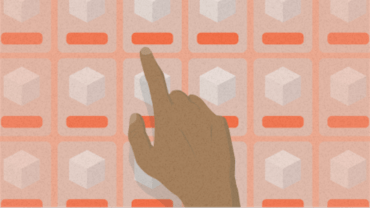6 Behavioral Tips to Increase Customer Retention (part 1)

With every service comes the unpleasant reality of a few customers who feel like they need to cancel that service. But science shows that this decision might not always be based on rational thought. Here we bring you the first three behavioral principles that you can use right away to increase customer retention.
In this article, you’ll discover:
- That what your customers say is not always what they want;
- How to work with customers’ attention to make them keep using your service;
- That simply by adding more choices you can reduce the chances of the customer canceling the service; and
- How you can make your counter offer seem much more valuable in the customer’s eyes.
This is the first article in a two-part series on how to improve retention through behavioral science. You can read the second part here.
You know the feeling – and if you don’t, lucky you – even if you think the service your company is providing is great, there are still some unsatisfied customers who call you and want to cancel.

Discover ground-breaking ideas and fascinating solutions.
If you are part of a support or retention team, you may be used to dealing with these customers. As a business owner you might think “What the heck?”. Well, even if your service is really good and keeps improving, sometimes it just doesn’t matter. Why?
People’s attention narrows with a single goal – to avoid the threat. That’s why their ability to slow down and make reasoned decisions is diminished.
Well, with absolutely no offense to your customers or anybody else – customers can be irrational sometimes. In fact, according to Harvard professor Gerald Zaltman, 90-95% of customers’ decisions happen subconsciously, so their decision to cancel might not be a rational, thought-out one.
This is especially true in situations when they feel threatened or out of control (remember the pandemic or the financial crisis?). Studies show that in these cases, people’s attention narrows with a single goal – to avoid the threat. That’s why their ability to slow down and make reasoned decisions is diminished. Often, they make decisions quickly, relying on their first instinct.
Good news though! Irrationality is a double-edged sword. It can hurt your business, but it can also help you if you know how to use it.
1. Redirect their attention
There are a couple of aces you can pull from your sleeve here. The first one comes from Sam Tatam, Behavioral Strategy Director at Ogilvy Consulting. In one interview Sam explains “Don’t ask them for reasons why they want to cancel. Redirect their attention and ask them why they joined in the first place instead.”
Don’t ask them why they want to cancel. Redirect their attention and ask them why they joined in the first place.
He explains it further in the collaboration between Adobe and Ogilvy. Ogilvy was tasked with increasing customer retention through Adobe’s call centers, where customers were calling to cancel their subscriptions. The first thing Ogilvy did was to sit down with the staff and watch them answer their calls.
What did they find? When customers called to cancel the subscription, agents asked them the reason why they wished to cancel. It’s a typical question, asked quite frequently. But what does it actually do? The fact that they have to remember and state the reasons out loud is another behavioral principle at play – commitment and consistency.
This says that once we publicly claim something, we commit ourselves to it even more. So in answering the question, the customers reaffirm to themselves their decision to cancel the subscription.
The idea behind Ogilvy’s solution was very simple – redirecting their attention. Instead of asking “Why do you want to cancel?” they instructed the agents to ask a different question first – “Why did you join Adobe in the first place?” So instead of remembering the reasons why they wanted to cancel, all the benefits of Adobe came to their mind.
Customers remembered the reasons they had joined the service and the value that it had provided them with up to then. Suddenly it was a lot harder to leave. This simple change resulted in an 8,8% reduction in dropouts.
That’s something that MINDWORX consultancy also used to successfully help their client Kontentino decrease churn during the 2020 pandemic. Check this article to learn more.
Next time your customers call you or email you to cancel, try to make them remember the good things. Ask them, which features were the most important for them. Shift their attention to all the benefits that caused them to join your service and made their lives easier.
2. Give your customers two options
Naturally, when customers try to leave, you need to give them a counter offer. Don’t give them just one, however, give them two so they can choose. When doing that, two things happen. First, you give them a feeling of control. The fact is, people hate ambiguity. That means, the more control they feel they have over a situation, the better.
Second, you again redirect their attention away from choosing between staying or leaving to choosing between the options you offered. The probability of choosing one of them then becomes higher than choosing to leave.
When you overdo it, you can overwhelm the customers. If you give them a whole portfolio of options, they can experience choice overload.
This effect is nicely illustrated in a study offering customers two DVD players – Sony and Philips. The first group was offered only the Sony, the second only the Philips and the third group could choose from both brands.
Choice overload
Choice overload is a result of too many choices being available. It can result in decision fatigue, sticking to the default option, or even avoiding making a decision altogether.
In the situation where they could choose from only one player – that is, they could buy it or not – only 9% said they would buy Sony and 10% Philips. But when people were given a choice of two models – so they could buy Sony, Philips, or none, 32% chose Sony and 34% Philips. Quite a difference, isn’t it?
A bit of caution is needed here – it’s no coincidence that we talk about two options, not more. When you overdo it, you can overwhelm the customers. If you give them a whole portfolio of options, they can experience choice overload and might not be able to choose any.
3. Listen to your customers
What is important to realize is that when the customers want to leave, they obviously have some pain that they want to be free of. There are often some arguments between behavioral scientists, but if there’s one thing that they agree on, it’s that people often decide quickly and take comfort in the simplest solution that comes to mind. In the case of customers, that means leaving.
But even if it’s the easiest option, it’s not the only one, is it? What you need to do is to offer them a personalised solution to solve their pain. For example, maybe your customer just lost their job and really can’t afford your product or service at the moment – that’s where postponing payments instead of canceling could help.
If the customer has the feeling that what your offer is tailored just for them, they’ll value it much more.
For example, check this article about Asana – the project management software. Asana works well with some behavioral principles when trying to retain their customers. However, as the CEO of MINDWORX Behavioral Consulting explains in this piece, it could be even better if their offer was personalised.
Too often we rush to appeal to reason by listing out a series of logical arguments. But that’s not how our brains work. Instead, you need to talk to the customer’s subconscious, to reach their emotional self, which is typically in the driving seat.
Key Takeaways:
- Don’t make your customers just confirm their decision by asking them why they want to leave right away. Instead, ask them why they started using the service in the first place and help them to recall all the benefits they would lose by canceling.
- Provide them with two relevant alternative options. Simply adding other options can increase the likelihood of them choosing one of these instead of canceling.
- Listen to your customers and personalise the offers. When customers want to leave, they have a pain that needs to be resolved. By personalising the offer you will make them feel like your solution is especially for them and they will value it even more.




